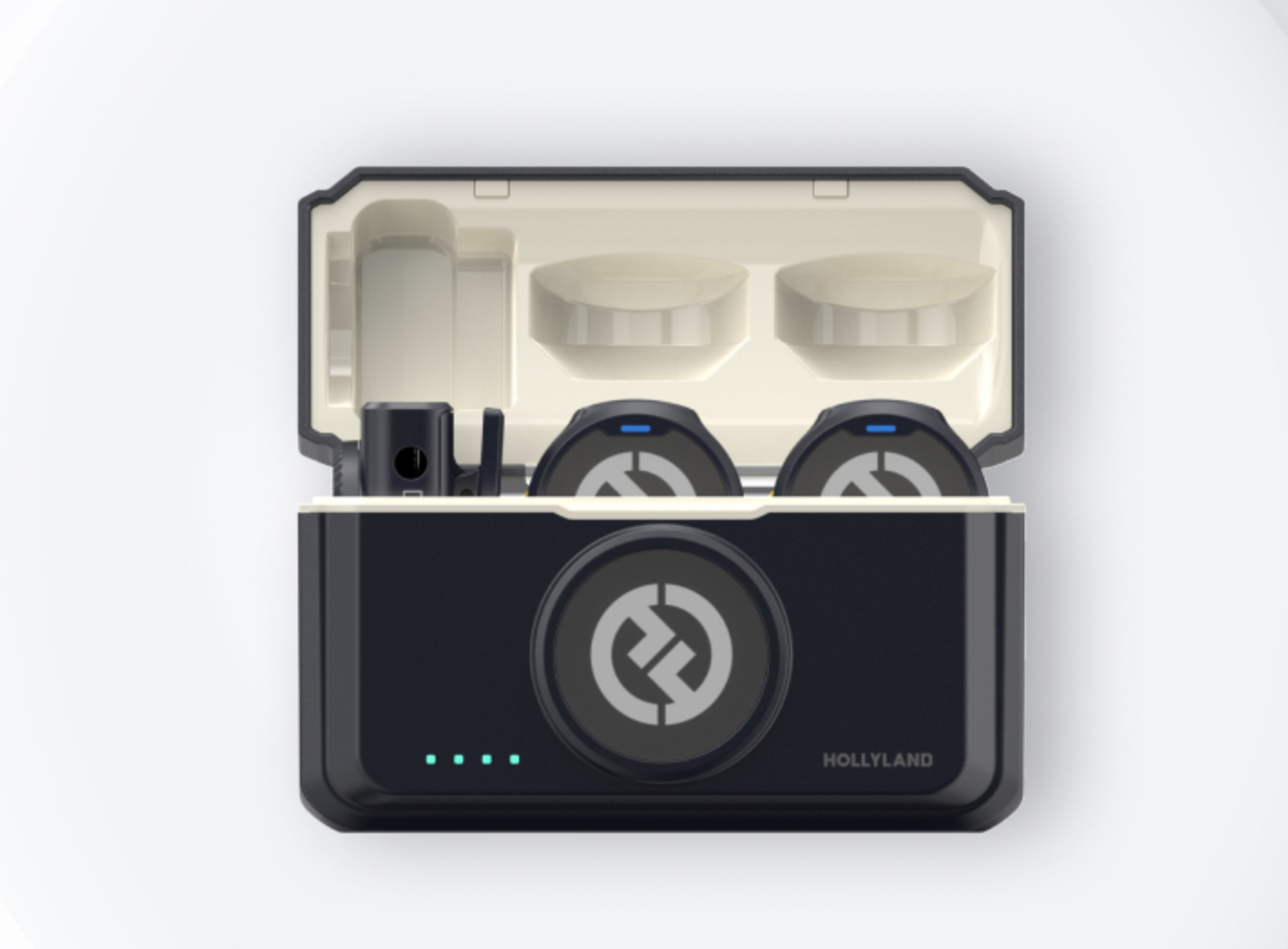The Year I was A Spy… How to make your news room better
I started my latest career (3rd so far…) just over a year ago. I began my professional life as a marketing director who tiptoed into engineering as needed for remote productions and live events. Then I turned that engineering knowledge and my desire to actually see my children grow up into a career in the classroom. I used a lot more engineering than I was aware of during my time and parlayed that into becoming an official broadcast engineer last June…. But my heart has been and probably always will be with those in the classroom.
For the last year, I have felt like a spy. Stealing intel on what colleges and professionals want from their journalists. I have been able to sit at the feet of many great teachers in the last year and filled a couple of notepads with their comments and quips that I didn’t know when I was in the classroom. Those notes have led to many conversations with broadcast teachers from around the country and I want to share them with you.
Before I share the secrets, I have to give you the context of the conversations. Most of the intel I have gathered came from our newsource show. It’s a 30 minute live broadcast where students have, in most cases, less than 8 hours to ideate and produce a news story of some sort. The show airs on Monday and Wednesday each week but the real gold mine of intel comes from the 30 minute critique show where the professor or a guest breaks down the show, packages, presentation, and more. The newsource professor of record is Ralitsa Vassileva who was an anchor at CNN from 1992 through 2014. Her experience and connections create an intense learning environment for the students where during any show a producer or recruiter from a major broadcast company may attend either in person or virtually to critique the show and the student performances.
The other main source of intel for the last year was in the production of the volunteer shows led by professor Dodie Cantrell. If you worked in middle Georgia to northern Florida TV in the last 20 years, you know Dodie. There are a ton of great Dodie stories from her time on the air through her stints as a general manager but I know her as one of the most loving and caring educators ever. Her methods aren’t from a textbook, which is great, but the takeaways last a lifetime. The students that create this show are volunteers. They may be journalism students but that’s not a requirement. This means the conversations range from complex heady thoughts on journalistic theory to foundational lessons on active writing.
The biggest thing that I have known but never put to words from my time undercover is that every story has to have a character. The story is only as good as the character you build it around. News is only news if it has an impact. It only has an impact if it impacts someone. This is something that I always knew but too often got caught in the process of creating a news show and lost focus on having the students focus on telling a story with a character.
I had students produce packages each week and after a year as a spy in the college classroom, I have realized that I did a huge disservice to my students in several areas. The first was that despite the fact that I know the phrase, have used the phrase, and probably live and die by the phrase, I did not do a good job of teaching my students to have their b-roll match their anchor or SOT audio. The phrase Say Dog, See Dog is probably only of the most commonly used four word combinations used in our newsroom. The idea is that if the anchor or interviewee describes something - you should show that thing in the final edit. If they say dog, you show dog. It’s pretty simple but too often not verbalized and driven home.
The next piece of intel for you to share with your students is the need for nat sound in every package. That is one of the things that many packages got popped for - the b-roll was silent. The students would just drop the video track by itself or mute the audio track all together. It’s the easy thing to do. You don’t have to worry about mixing the audio. Students are typically running late and they “don’t have the time” to edit the audio to work with the vox track. Check out the video below for a quick demo on how to easily “duck” audio in Davinci Resolve.
While we want students to be creative when it comes to their packages and the writing for their anchor pops, we want the character to be the star of the show so you have to encourage your students to write “short, punchy anchor tracks” in order to really let the character be the star and not the anchor/reporter. This means that the copy for the talent needs to be very short and direct. The goal is to quickly get from one vox element to another.
While we are talking about your on-air talent, let’s talk about their stand ups… too often I would require the students to have a specific amount of stand ups in their packages. My goal was to get them on camera and help build their confidence to the point where it wasn’t a big deal for them - it just became something they did. The problem with that was that I never taught them why to do a stand up. According to Cantrell, stand ups serve two purposes: demonstrate or illustrate. That’s it. There should not just be a stand up for stand ups sake. Stand ups should be a way for the talent to show how something happened, where it happened, or demonstrate something that happened as a result.
The final thing I will warn you of is the idea of floating your anchor out of the show. If your show is trying to hit a specific time, it’s easy to start throwing out readers and “desk elements” in order to keep a package. This is natural. Packages are a lot of work and often the person whose package gets floated can be upset about their work not making the cut. The thing you have to remember is that your anchor is the face of your show and if their only just is to be the cog in the assembly line to get from element to element, you have taken their prestigious position and made it something of minimal value. Keep your anchor in the show - keep their personality alive - make their role the one that kids desire to do.
When designing your show (yes, you should consider your stack a design), make sure you don’t get stuck in a template. Take time to find ways to get creative with your stack. Surprise your audience with a show that engages from start to end. Create a stack that flows from element to element but isn’t something that your viewers can tune in three minutes into the show to see a specific element each time. Mix it up.
Just like a stack, I’m sticking with the design and delivery of your show…. Don’t settle with As-Is. Once you get a workflow that works in your classroom, shake it up. Build new skills in new students. Push your show to get bigger and better. Push different students to do different roles. This not only helps your show because you have different perspectives on the shows but now you have a different group of people to create and execute the show. It will give everyone more appreciation for every job in the process.
Ultimately, your news show is a team sport. You are not the coach. You are the owner. While you have control on the day to day, your role is to not do the day to day tasks instead, you build a classroom where the students are doing those things. They are creating the best show stack. They are making the calls (right or wrong) on certain elements. They are building a skill set that matters for their next step in their career.
Spending my time spying on these professors and industry pros has certainly helped me be more aware of where I was weak in the classroom. It helped me to see that a lot of the goals I set for myself and my class were not only unattainable but useless. Please notice that none of the advice above has anything to do with viewership, amount of time spent watching, etc. These things are VERY rarely ever discussed if at all. So don’t bring those things into your classroom with your students. Leave that stress for later.
I found that the most important thing for my students was to actually spy on them while they worked in order to to know where they are in the process and to build a better workflow for each student. I found that just stopping to let the students work and for me to pay attention to what they were doing is the best way to build their confidence and strength while quietly correcting them or pointing them in the right direction.
So as we celebrate July 4th, don’t be afraid to spy… it’s an easy way to help make your students successful.
Meet the Author, Tom White
Tom White is the Broadcast Engineer at Grady College of Journalism and Communication at the University of Georgia. Prior to that role, Tom taught at Morgan County High School and Rockdale Career Academy where he and his student produced thousands of live streams for sports, news, and community events. Tom’s program at the Rockdale Career Academy received the NFHS Network Program Of The Year in 2016 and his program at Morgan County High School received the New Program of the Year title in 2018. Tom has been a long time contributor to many publications and is the host of Teaching to The Test Pattern Podcast.









Got shaky footage? No problem! In this quick tutorial, learn how to use Warp Stabilizer in Adobe Premiere Pro to smooth out your shots effortlessly.